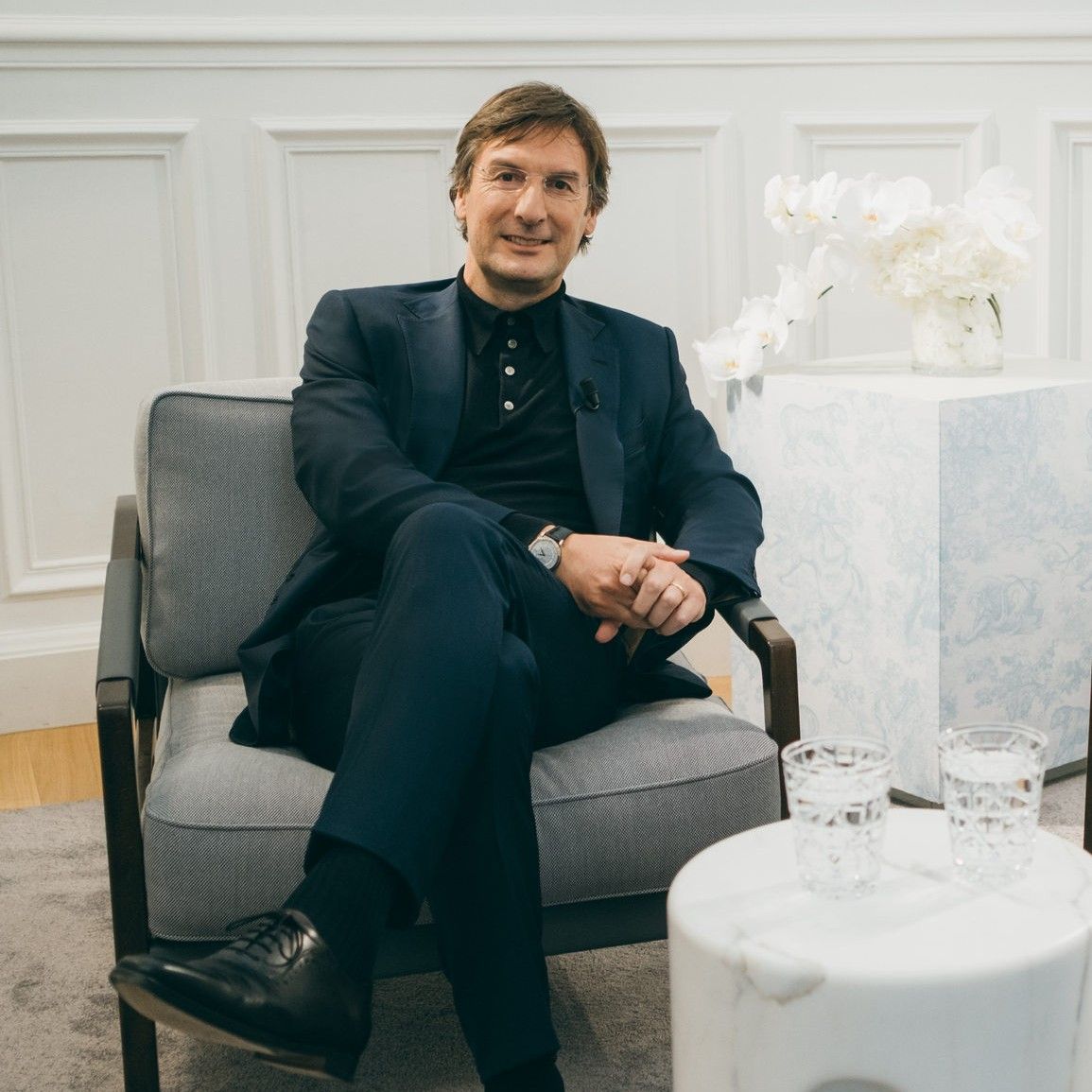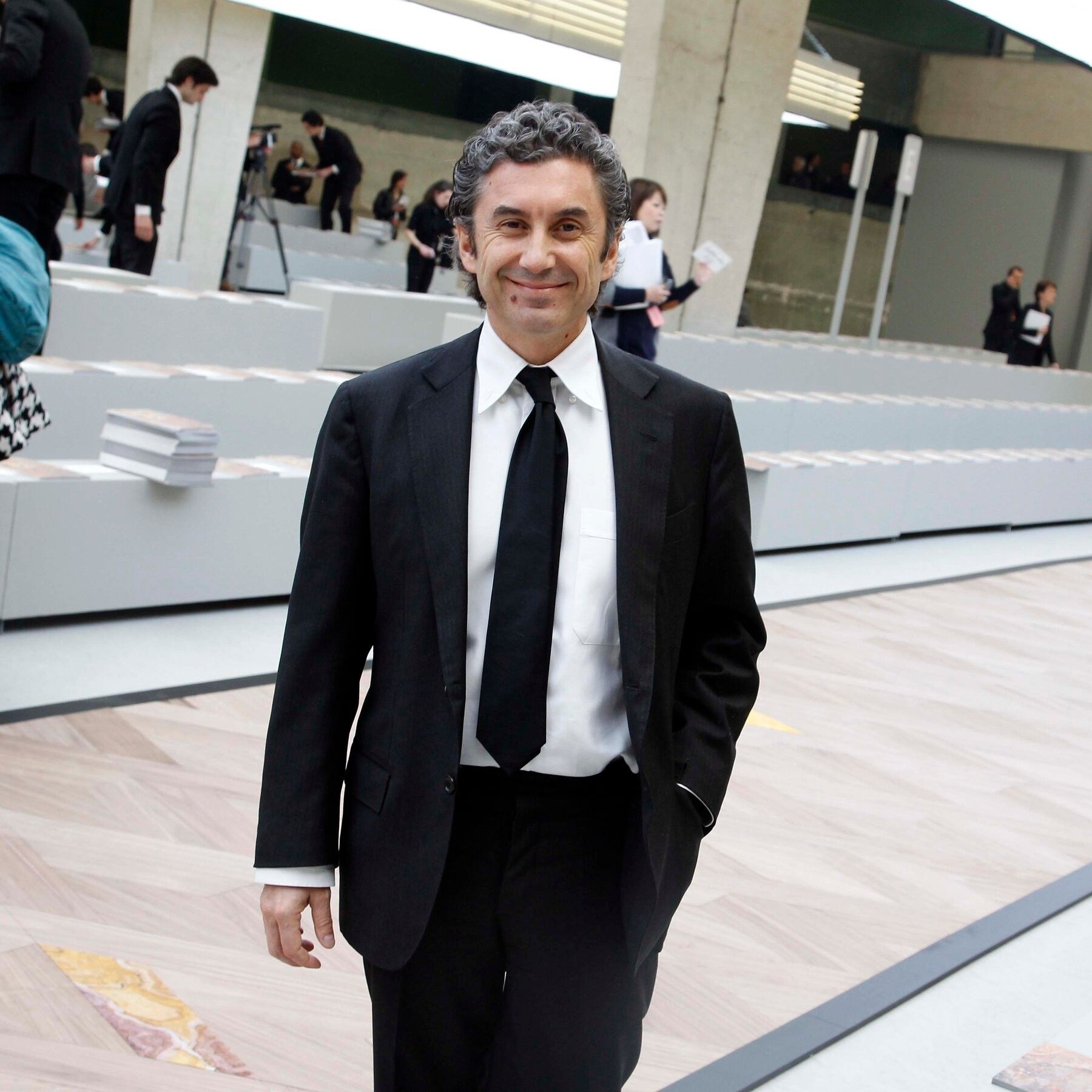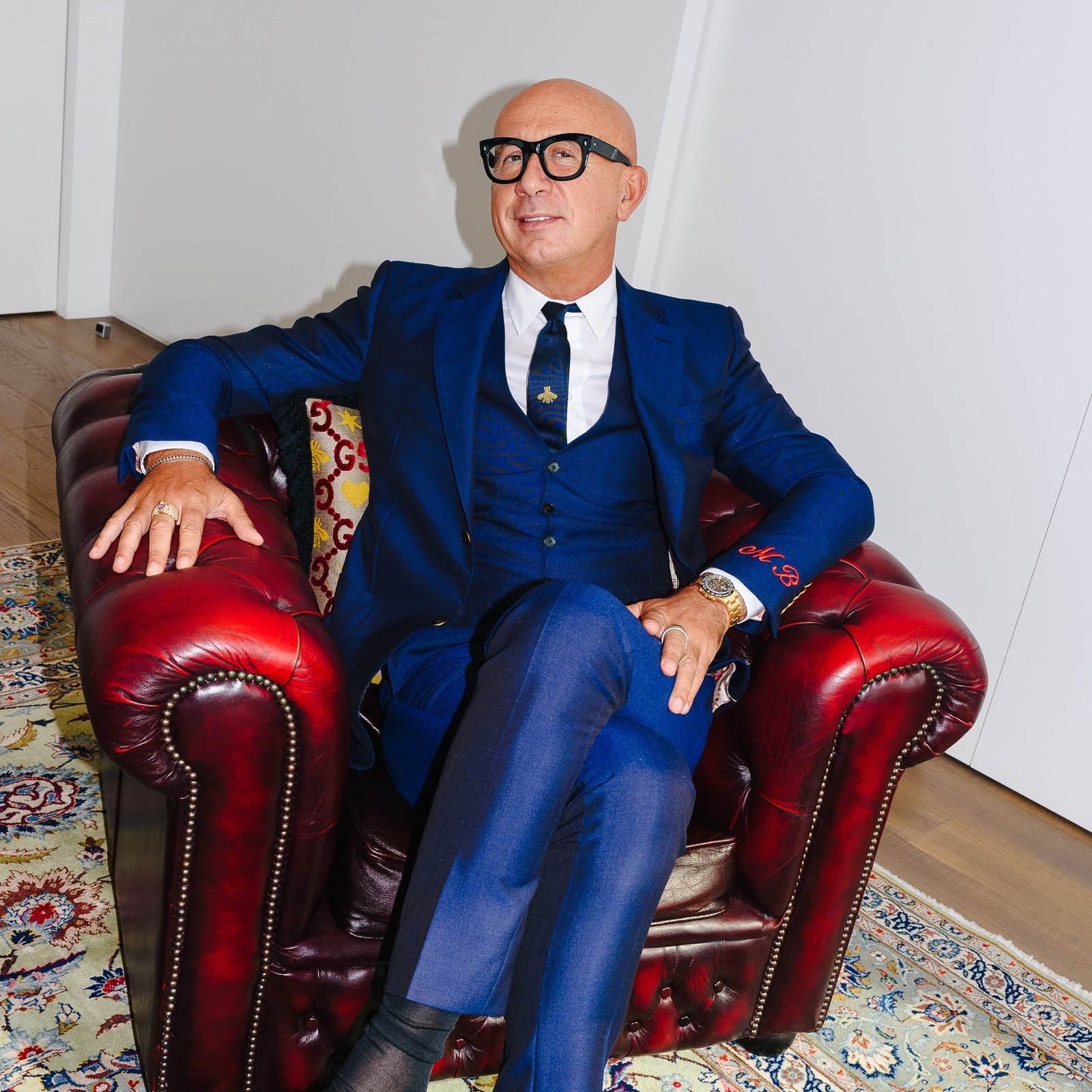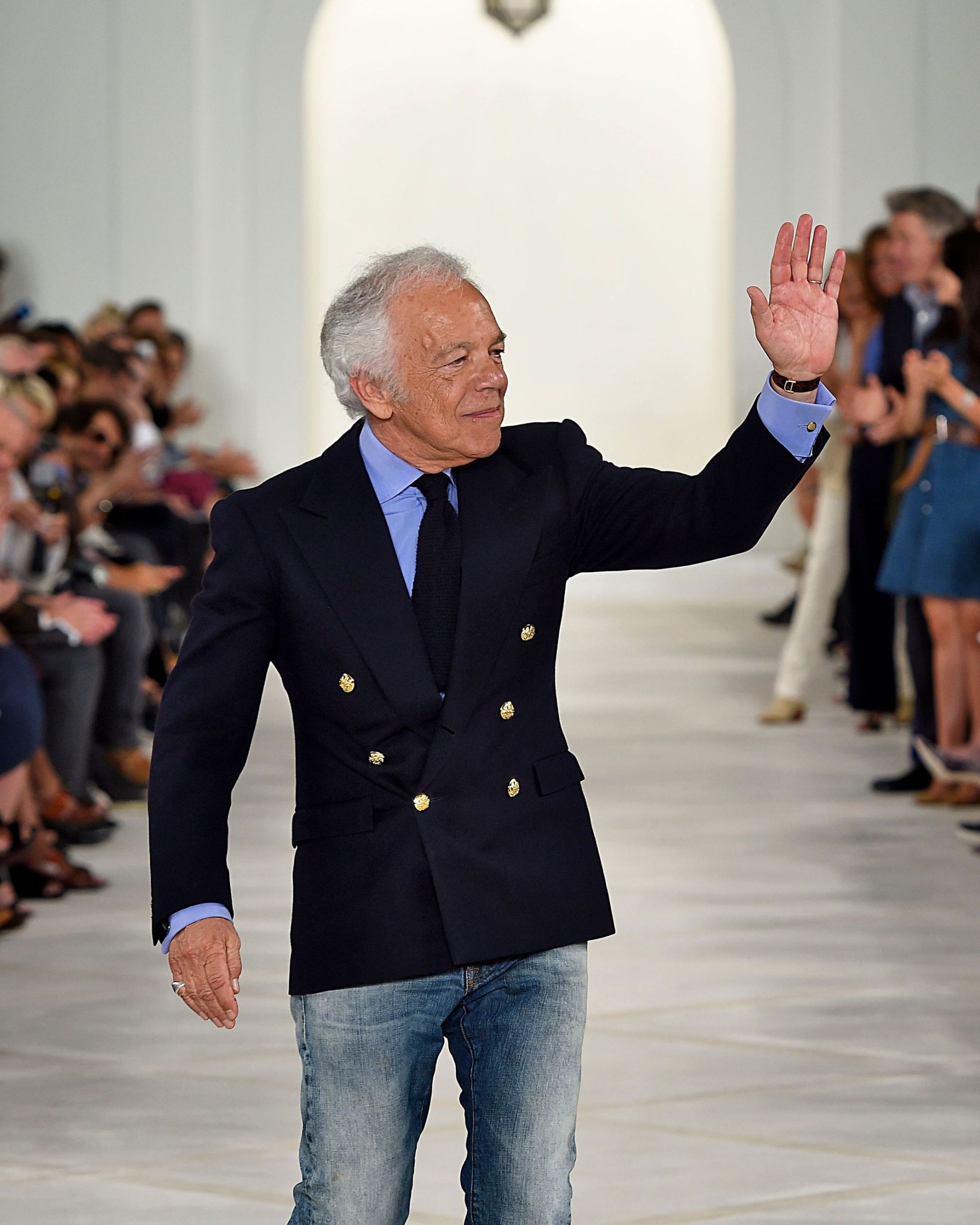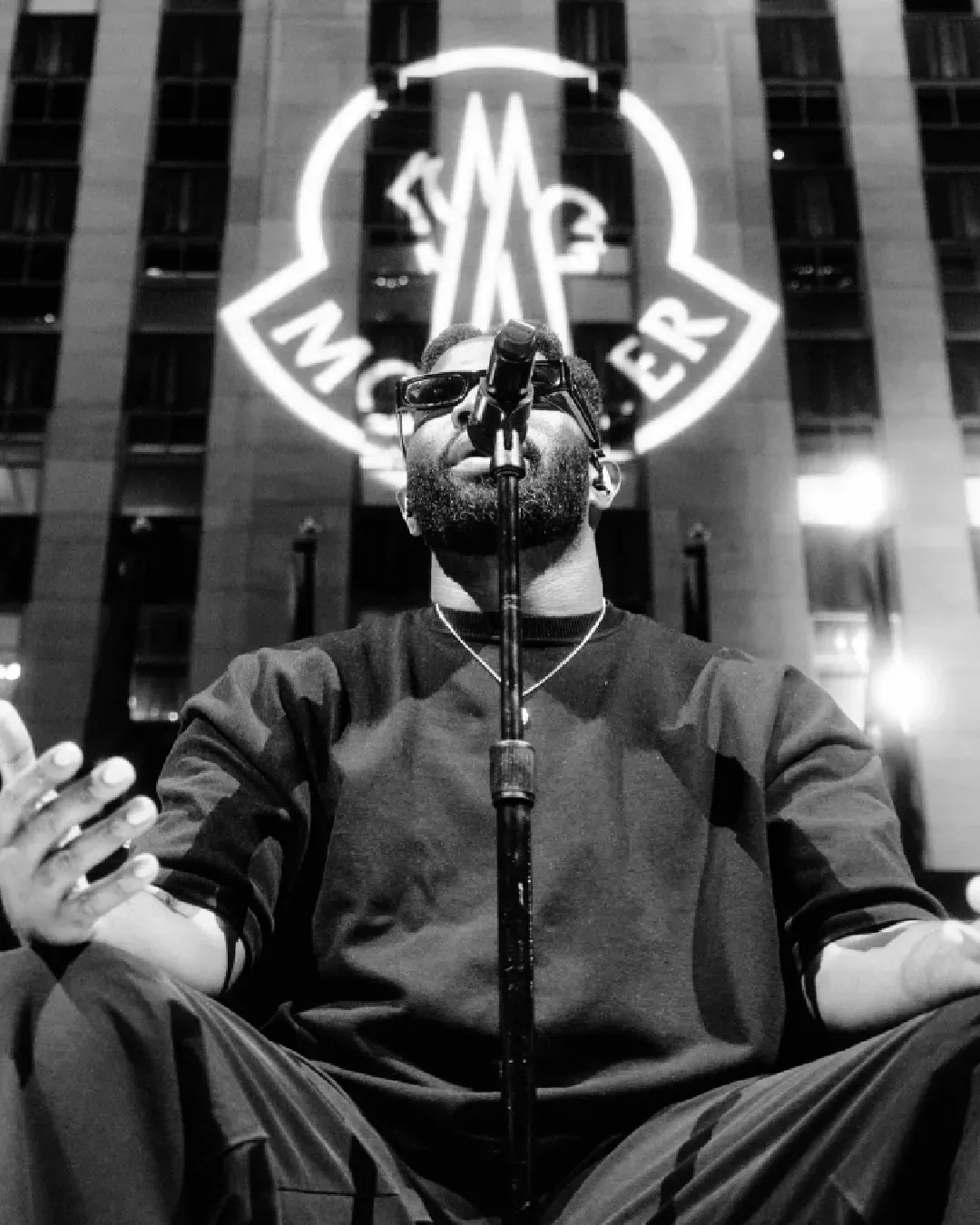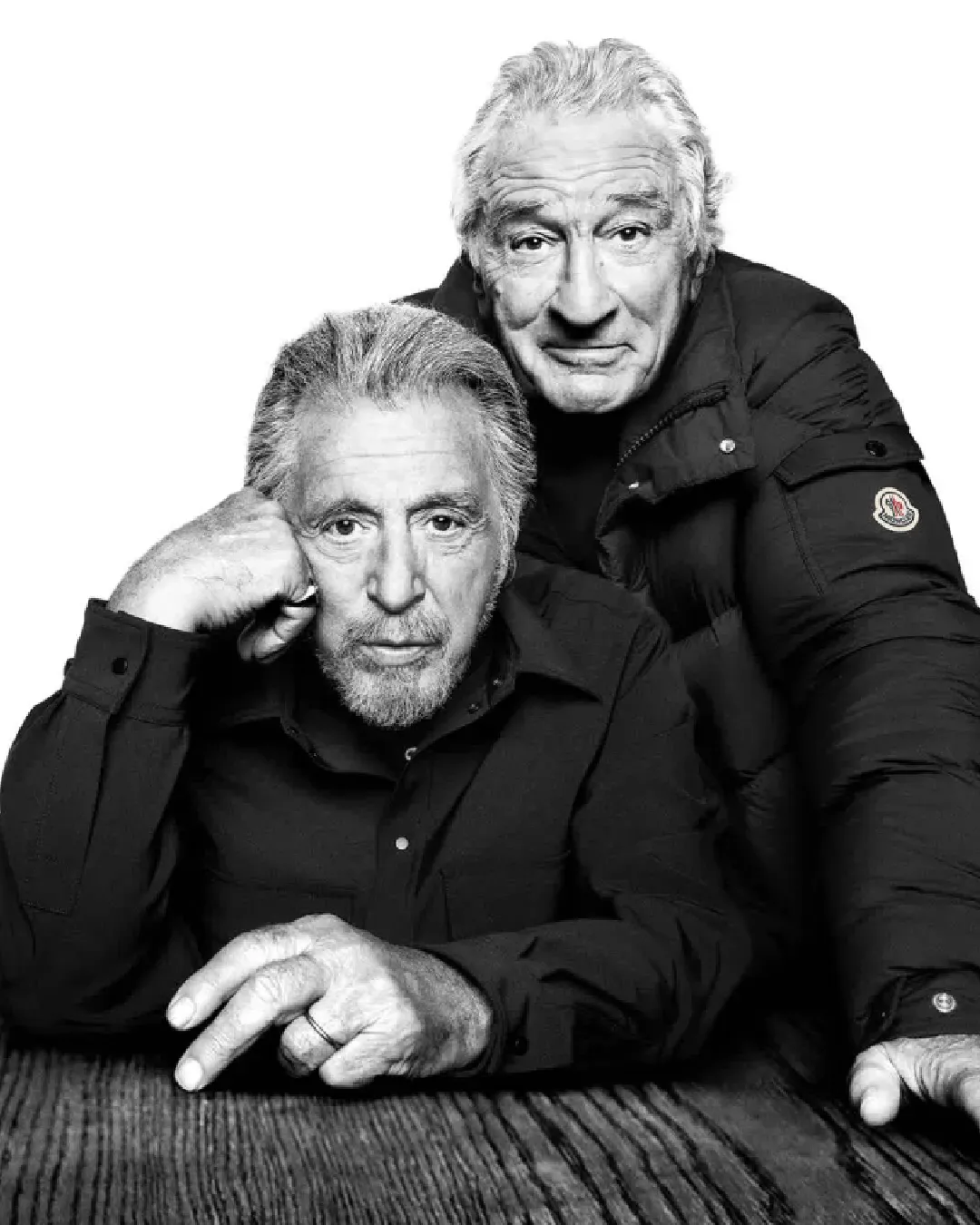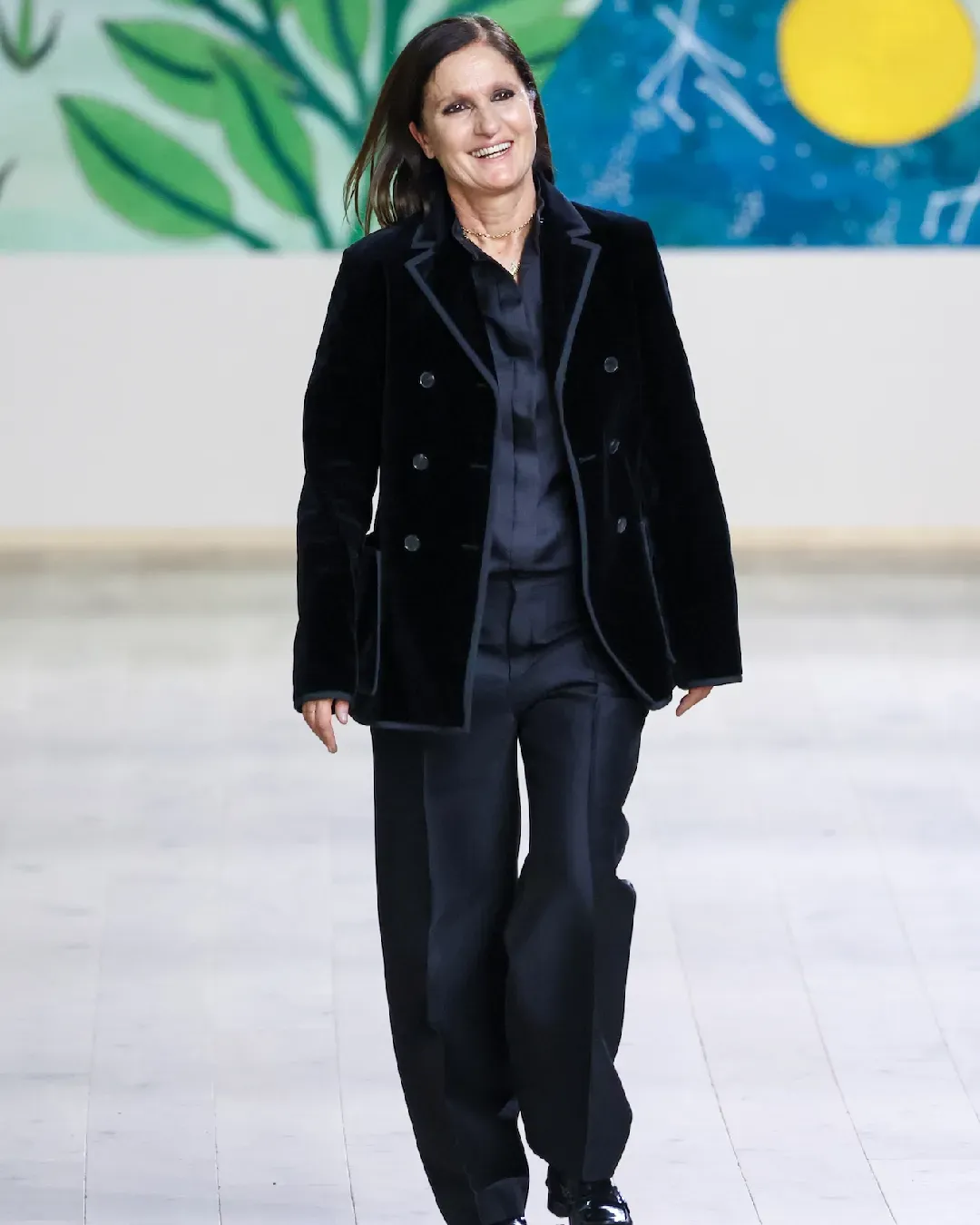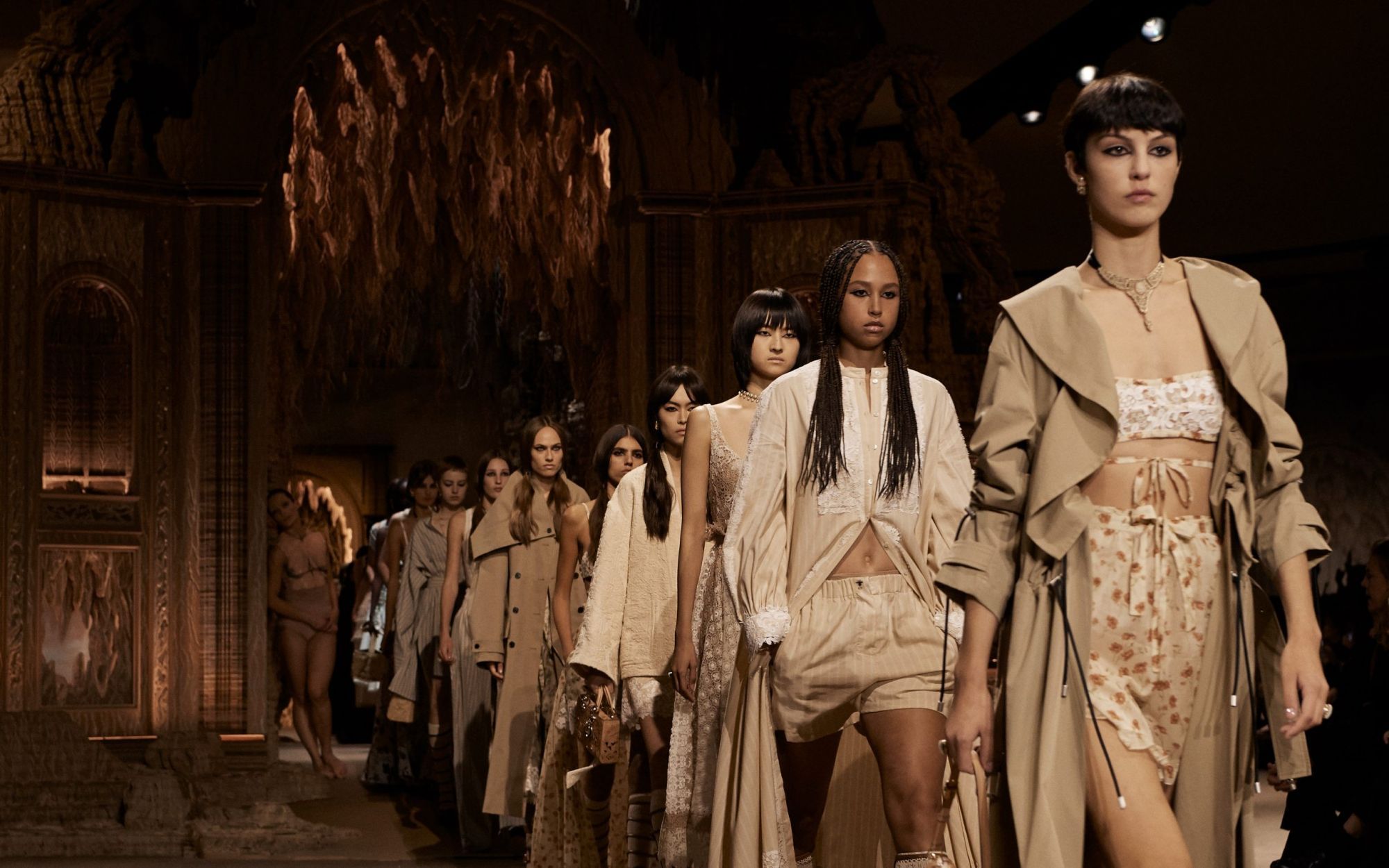
Are brand CEOs the real authorities in fashion? The ones who make the real decisions are often not the ones who bow at the end of each show
Last week, after the news of Daniel Lee's appointment as Burberry's creative director, the brand's share value suddenly soared 4.4 percent despite the uncertain situation on the British stock market after the royal succession and the change of prime minister. Since Lee is an elusive individual to say the least, the real star of the creative direction change story has been Burberry's new CEO, Jonathan Akeroyd who arrived at the helm of the brand last March after holding the same position at Versace. Interestingly, in fact, the era of Italian designer Riccardo Tisci at Burberry corresponds with the presence of another Italian, Marco Gobbetti, as CEO of the brand. Also Gobetti, who arrived at the helm of Ferragamo in January 2022, is believed to be responsible for the choice of Maximilian Davies as the brand's new creative director, which was announced in March 2022 - underscoring how, often, repositionings and image changes that have as their public face that of the brands' stylish creative directors are actually the result of the work of men and women (though too much of it is just men) who, in their impersonal and monotone blue suits, set the rules of the game.
After a fashion season that the fashion press has called, in the specific case of Milan, unimpressive, predictable and ultimately overly commercial, many have attributed the collections' lack of revolutionary momentum to the work of CEOs. «They are the real decision-makers nowadays» Angelo Flaccavento writes in Business of Fashion, «and the plans they devise are highly predictable: cater to younger consumers; create hit items». The result is a fashion that is certainly easier to consume and sell, lacking real depth and, therefore, also lacking spontaneity. After all, if the yardstick for creative directors is press reviews and the enthusiasm of buyers and public, the yardstick for CEOs is sales, company growth and profit margins. However, the world of CEOs remains extremely volatile, in 2019 Vogue Business estimated that the tenure of fashion brand CEOs is around five years, although in some successful cases the CEO becomes as much associated with the brand as a creative director. The most cited case of all is that of Marco Bizzarri of Gucci, who together with Alessandro Michele led the brand from a modest annual revenue of 3.5 billion euros to more than 20 billion euros last year. Indeed, if one were able to look beyond the idealized narrative of fashion being controlled by creatives, one would clearly see how much of a brand's growth is due, beyond the actual collections, to the strategic vision of CEOs who, as in the case of Pietro Beccari, who is credited with Dior's business boom that tripled sales in four years, was in charge of investing in the brand's e-commerce, expanding the business in the digital sector but also continuing to invest in show and influencer marketing even in the midst of the pandemic - a risky move that nonetheless led the brand's sales to grow by 50 percent between 2019 and 2021.
Still Marco Gobbetti, however, on his entrance at Ferragamo, enunciated some of the key points of the strategy of a brand that wants to reposition itself by saying: «There is the opportunity to create new energy and recruit new consumers, and a strategic revision of the offer is certainly one of the elements of my strategy, an injection of novelty. We are looking at all customer-facing areas — products, stores, touch points, creativity and communication — to create a lot of interest around the brand, and the product offer is key». Clearly, creative discourse is a key part of this growth-after all, it is the product that is sold-but one would be completely wrong to think that a creative director is free in his or her actions and does not have to answer to a CEO who in turn has to answer to investors. A brand, after all, is not just aesthetics but a business that needs to be kept on its feet, determining where and when to open new stores, which product to invest more in but also how to capitalize on a brand's fame and so on. Another example of a brilliant CEO of a fashion brand is Remo Ruffini of Moncler, the architect of the brand's epic turnaround thanks to one of the most ambitious strategies seen in recent years, which, it should be noted, invested heavily in the creativity of the collections and the creative differentiation of the brand's proposition, taking it to new heights: the idea of the Genius project, through to the launch of the perfumes, the opening of the store in the Galleria in Milan and the titanic show in Piazza Duomo -all part of the strategic vision of Ruffini, who, to implement it, has collaborated with dozens of different creatives while still maintaining a central role.
Unforgettable. A cast of 1952 performers put on a show to match the stunning location of Milano’s Piazza del Duomo for our 70th anniversary celebration.#Moncler70 pic.twitter.com/y1ilZzSOtw
— Moncler (@Moncler) September 25, 2022
The problem arises, however, when CEO control interferes with the creativity of the actual collections, not so much by taking the reins altogether, but by relegating a creative director's options to a commercial comfort zone where fashion's experimentalism and artistic and cultural incisiveness inevitably die. Given how many brands now only need to print their logo on a certain item to sell millions of them, why take risks with products or statements that could sink their performance? But a fashion that does not take risks is also a fashion that is relatively sterile and, above all, a fashion that is scarcely interested in perceiving itself as a producer and promoter of culture. In an ideal world, and in an ideal business, the two factors coexist (after all, like film, fashion is also a creative business) but it would be good if one ends up not cannibalizing the other. In Milan, a difficult balance is still being sought.











































